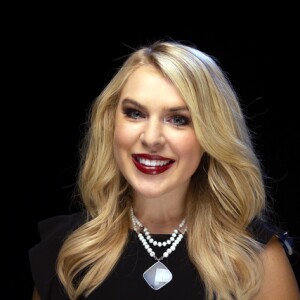BOISE — Like most four-year-olds, Tug Smith loves to play outside and have fun with his brothers. However, finding a park with the proper accommodations for his wheelchair can be difficult.
"We pretty much only go to Settler's Park because its the only one we're aware of with the smooth base, so at the moment, that's where we go," said Tug's mother, Marisa Smith.
Boise Parks and Recreation department updated a handful of parks with a smooth rubber surfacing to meet kids' needs in wheelchairs.
"It allows kids of all ages to access our playgrounds, it also helps with maintenance underneath swing and slides," said department planning manager Toby Norton.
The latest park to get the smooth flooring is Camel's Back, which reopened Wednesday. This flooring provides more stability and fewer edges than traditional wood chips. The resurfacing cost $208,555 in total.
"The idea that perhaps Boise would have this type of flooring where we could go, and he could have some freedom instead of being stuck by me would be pretty dang awesome," said Smith,
"His brother can go on the playground and run, and he can follow best he can, that might mean running into the bottom of a slide, but he'll still be there instead of being on the side."
Eight parks received the update this year, totaling 1.2 million dollars.
- Simplot Sports Complex received 2-5-year-old equipment.
- Pebblecreek received new equipment.
- Morris Hill, Castle Hill, and Ann Morrison park got new surfacing.
- Camel's Back got new surfacing.
- Cassia and Phillippi Park received new surfacing and equipment.
"Cassia park which got brand new playground equipment and the bonded rubber as well as Philippi park, all new equipment," said Norton.
Every new park built by the city going forward will have this type of surfacing, which Marisa says benefits many kids in our community.
"These extra adjustments can help these kids be part of what it means to be a kid; there's not five of them there's a hundred," said Smith.
These parks allow kids, like Tug, to have more room to play.
"It's more than just the kid in the wheelchair; it's bigger than that," said Smith, "it's everybody."
New parks will also have features that improve accessibility for kids with autism. The parks team works with local designers and hospitals to find special equipment and develop 'quiet spaces' for kids when they have a sensory overload and need a place to be.




